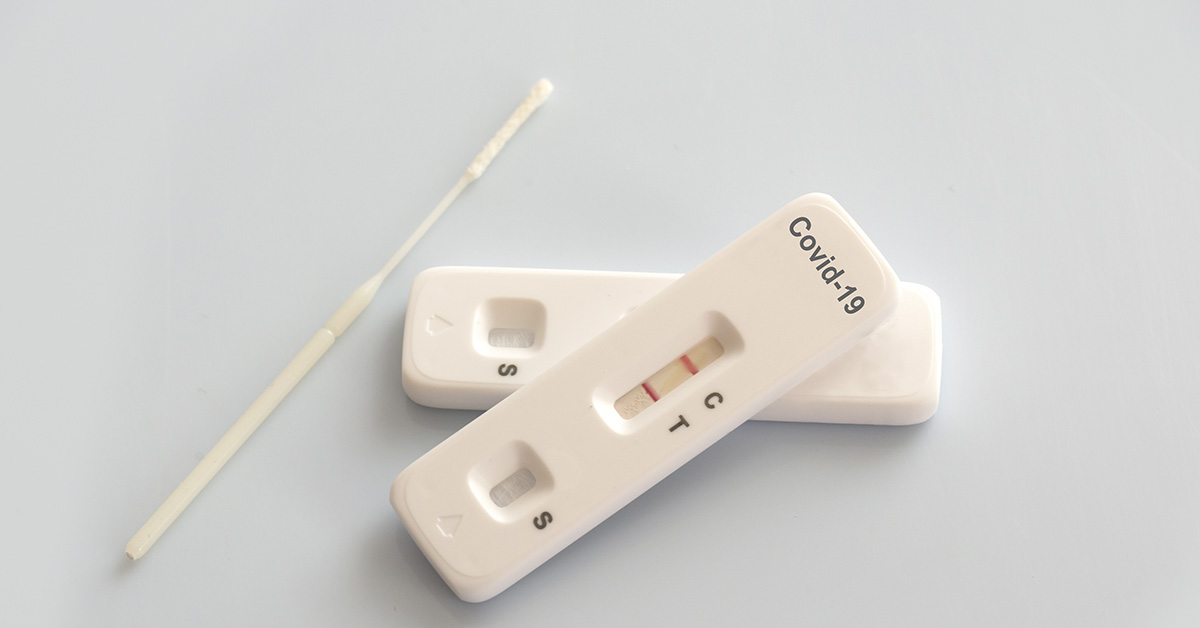In scenes echoing the early pandemic days, hospitals in parts of Asia are seeing packed waiting rooms and rising test positivity rates. From China to Thailand, and even Singapore and Hong Kong, a new Covid-19 wave is picking up speed. At the heart of it is a fast-spreading Omicron subvariant called NB.1.8.1. Residents are once again masking up, and health officials are urging booster shots. With infections climbing and hospital admissions rising, many worry we may be repeating past cycles. Here’s a breakdown of what’s happening, where, and why it matters right now.
China’s Infection Rates Double
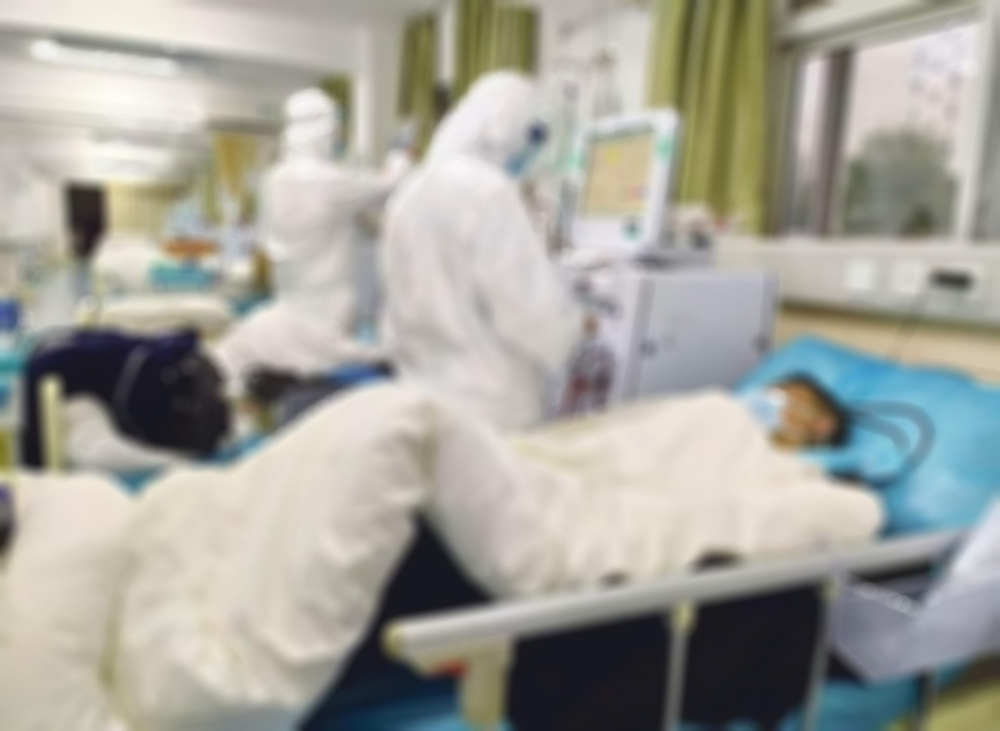
Hospitals across China are reporting a sharp jump in COVID-19 cases. In early April, about 7.5% of hospital visitors tested positive. By early May, that number more than doubled to 16.2%. This new Covid-19 wave has taken many by surprise. Health experts blame the NB.1.8.1 variant. However, concerns are growing that official figures understate the real numbers. Firsthand accounts and hospital reports suggest widespread infections that may not be reflected in state data.
Read More: COVID Vaccine Victims Speak Out After Yale Study Links Shot To Severe Body Changes
New Variant NB.1.8.1 Behind the Spike
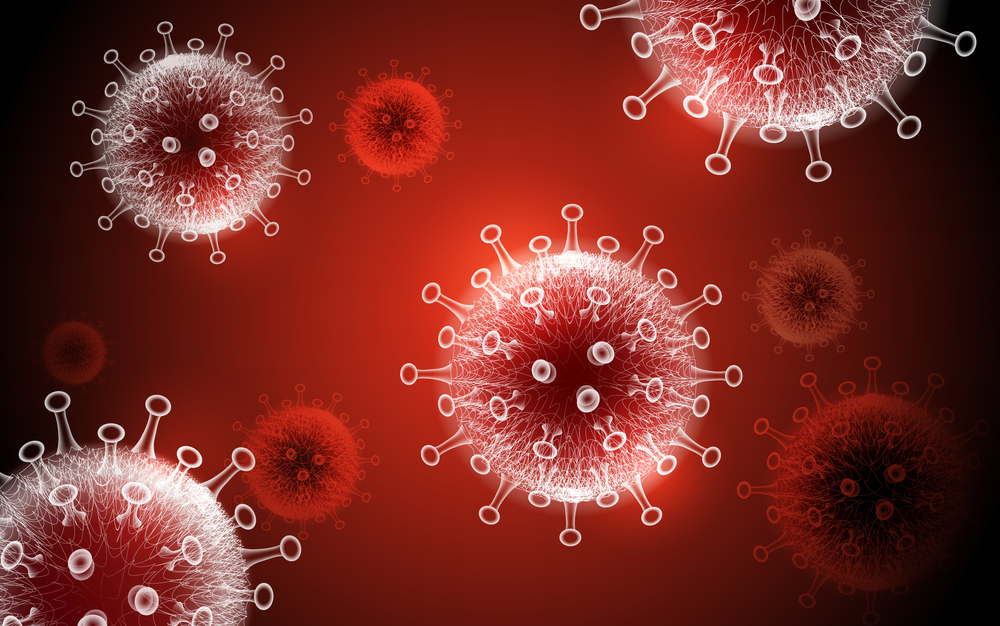
NB.1.8.1, an Omicron subvariant, is at the center of this new Covid-19 wave. It’s a recombinant strain that spreads faster than earlier variants. Scientists believe it may partially evade immunity from vaccines or previous infections, allowing it to move quickly through populations. This could explain sudden spikes in countries that previously had low transmission. Though not more severe, its rapid spread risks overwhelming healthcare systems. In fact, several regions report increasing test positivity rates and growing hospital visits. Because it shares similarities with past strains, identifying it early can be difficult, further complicating containment efforts.
Experts Worry About Underreporting in China
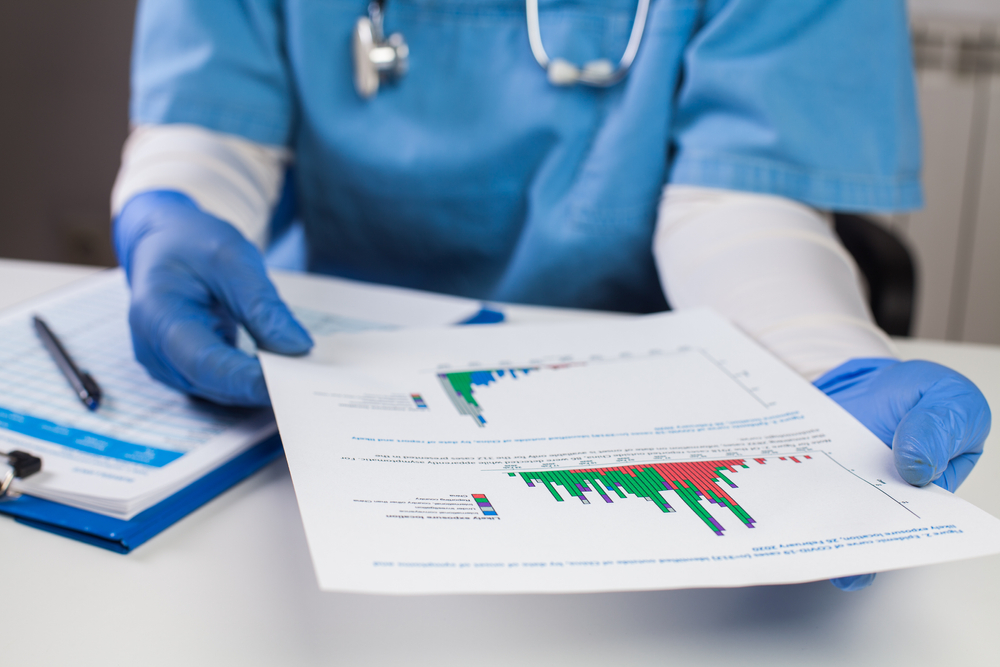
Despite visible strain on hospitals, China’s government has released minimal data on this new COVID-19 wave. That silence has raised global concerns. Doctors report crowded clinics and rising demand for medication, yet official case counts remain low. Without reliable figures, it’s difficult to assess how fast the virus is spreading or how severely it’s impacting communities. Additionally, social media posts reveal long wait times, packed emergency rooms, and medication shortages. International health agencies warn that limited transparency can slow the global response, especially when the variant spreads beyond borders undetected.
Thailand Sees Post-Holiday Surge

In Thailand, a sharp rise in cases followed the mid-April Songkran festival. Health officials now link this new COVID-19 wave to holiday-related gatherings and nationwide travel. So far, over 71,000 new cases and 19 deaths have been recorded in 2025. Authorities urge the public, particularly older adults and those in cities, to get boosted and avoid crowded places. Several schools and businesses have reintroduced precautionary policies. While most symptoms remain mild, community spread has accelerated. Booster campaigns and mobile clinics have been launched to limit hospital strain.
Hospitals in Thailand Face Pressure
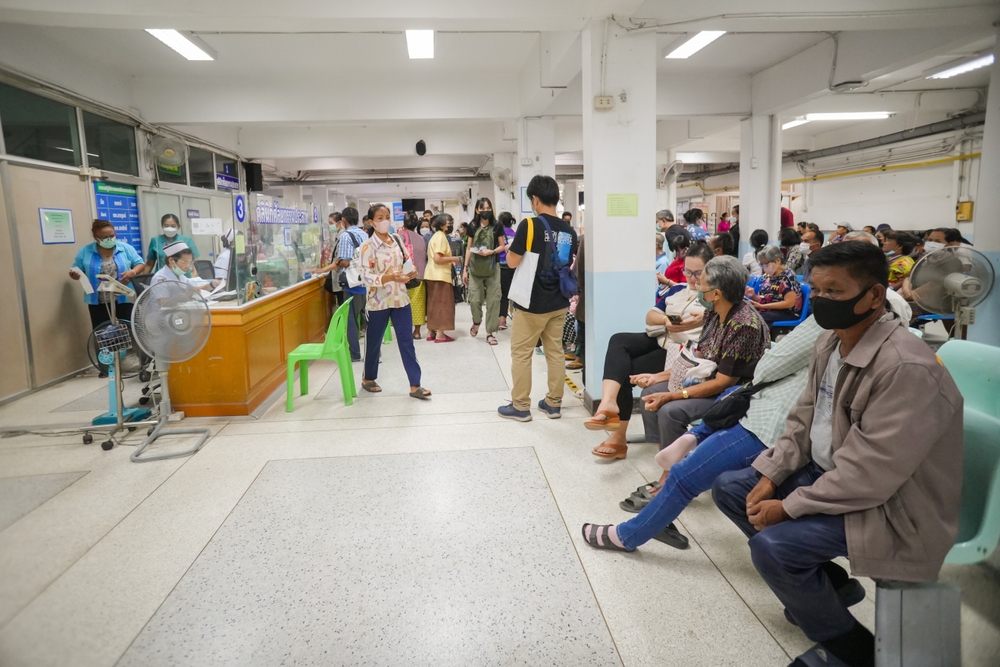
Thailand’s hospitals are already feeling the effects of the new COVID-19 wave. Emergency departments in Bangkok and Chiang Mai report increased admissions. Some facilities have postponed elective procedures to free up resources. Although most patients recover at home, even a small percentage needing care can overwhelm the system. Rural areas, with fewer doctors and beds, are especially vulnerable. Therefore, officials are recommending virtual consultations and home testing when possible. Medical staff also warn of burnout, prompting renewed calls for public support and personal responsibility.
Read More: Long Covid Researcher Opens Up About Her Struggles With The Condition
Singapore’s Cases Climb Again

Singapore is seeing a steady increase in infections driven by this new COVID-19 wave. In the first week of May alone, cases jumped by 28%, with hospital admissions rising nearly 30%. Health authorities attribute the surge to waning immunity and relaxed precautions. As a result, public health campaigns now encourage high-risk individuals to receive booster shots. Posters and digital alerts promote vaccination scheduling, especially for seniors. Meanwhile, clinics report more patients with respiratory symptoms. While intensive care units remain stable, officials continue to monitor trends closely.
Hong Kong Reports Year-High Positives

Hong Kong’s Centre for Health Protection confirms a steep rise in severe cases tied to the new Covid-19 wave. In early May, 31 critical cases were logged with the highest in over a year. Respiratory sample positivity rates are also up, suggesting broader community transmission. Wastewater surveillance supports this, showing an increase in viral load citywide. As a precaution, some companies are returning to hybrid work models. Local health campaigns now stress booster uptake and mask use in enclosed spaces. Elderly residents remain a top priority for protection.
Wastewater Reveals Bigger Spread
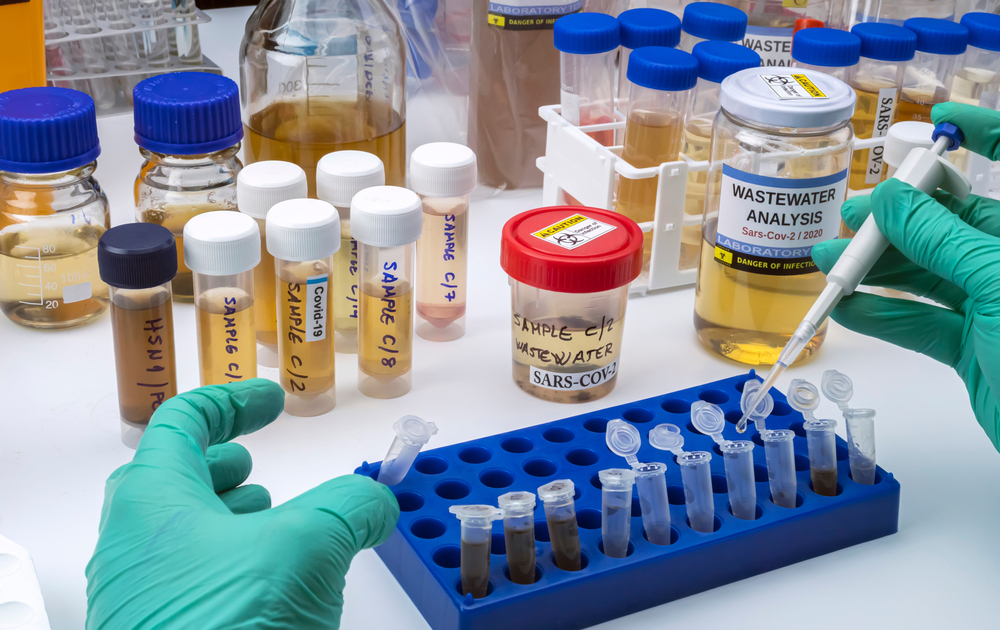
Wastewater testing provides a clearer picture of this new COVID-19 wave, especially as fewer people undergo formal testing. In Hong Kong and Singapore, recent analyses reveal a surge in viral particles. These findings often precede official case spikes, offering valuable early warnings. Consequently, health officials use this data to guide vaccine rollouts and allocate hospital resources. Wastewater results also help detect silent outbreaks in communities where many are asymptomatic or don’t seek testing. This tool is proving essential in a phase of reduced public testing.
Variant Reaches the U.S.
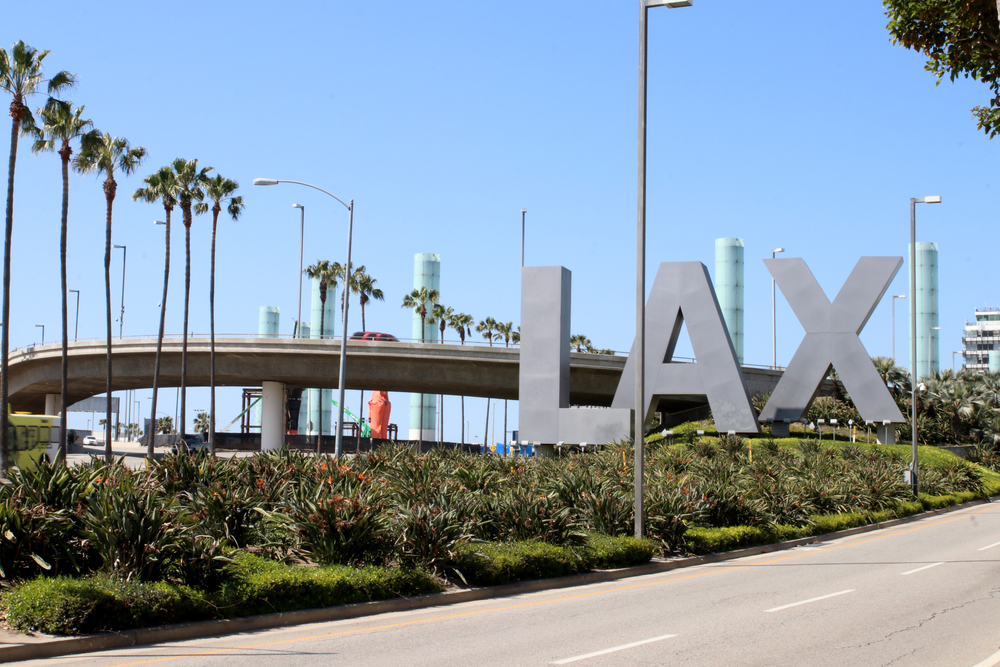
The NB.1.8.1 variant, linked to Asia’s new COVID-19 wave, has now been detected in U.S. airports, including LAX and JFK. Though case numbers remain low, health officials are on alert. Airport screening programs are being expanded to identify imported infections early. The Centers for Disease Control and Prevention advises travelers to check current health recommendations and consider booster doses before departure. So far, cases have shown mild symptoms, but the variant’s speed of transmission raises concern about future spread in undervaccinated communities.
Vaccination Remains the Best Defense
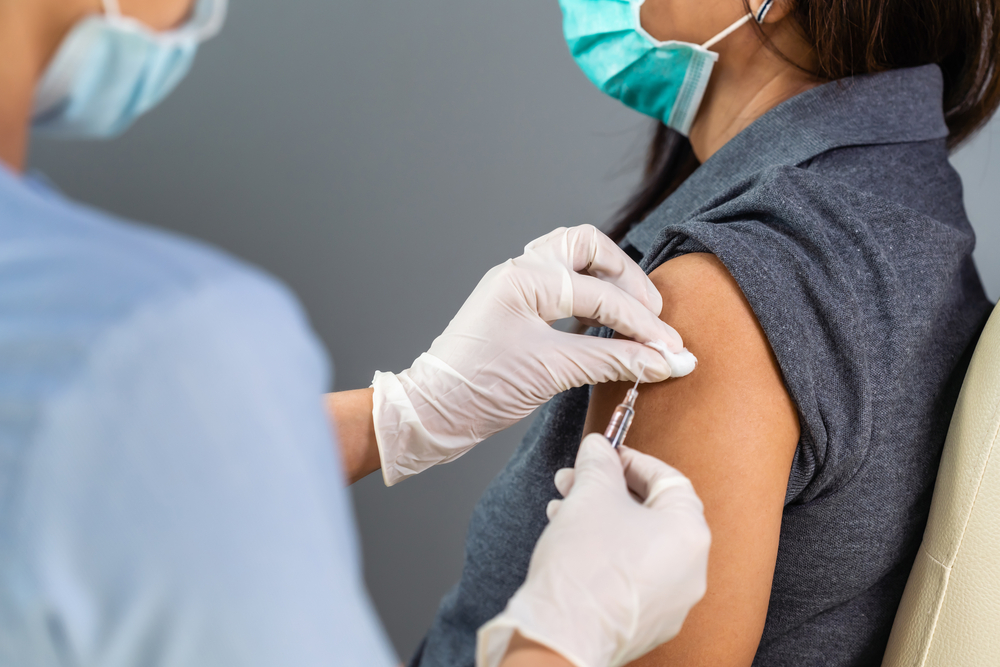
Health experts emphasize that vaccines continue to offer strong protection during this new Covid-19 wave. Booster shots lower the risk of hospitalization, particularly for seniors and people with chronic conditions. In response, several countries are reopening vaccine centers and launching mobile units in public places. Updated messaging now highlights the importance of boosting immunity, even if previous shots were received months ago. Some health authorities are also planning updated boosters to better target new subvariants. Ultimately, widespread coverage remains the most effective strategy for reducing severe illness.
Simple Precautions Still Matter
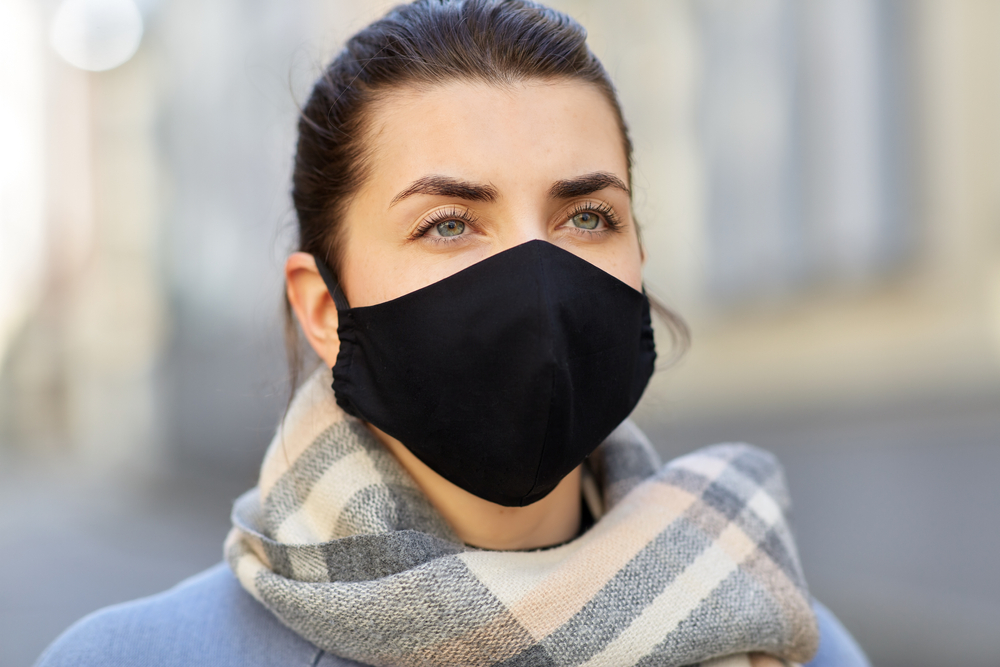
Though large-scale lockdowns are unlikely, simple precautions are still vital during this new COVID-19 wave. Wearing masks in enclosed or crowded spaces, practicing hand hygiene, and staying home when sick can significantly slow transmission. Many countries are reintroducing public health messages to reinforce these habits. Transit stations, shopping malls, and schools now display reminders encouraging safe behavior. By combining vaccination with everyday care, communities can manage outbreaks without major disruptions. Authorities stress that small changes in behavior can lead to meaningful results.
Staying Ahead of the Virus

This new COVID-19 wave shows that the virus continues to evolve and challenge our systems. With NB.1.8.1 spreading quickly, countries must remain adaptable. However, experience from past waves has improved our tools and responses. Vaccines, early detection methods like wastewater monitoring, and public cooperation all play critical roles. To keep future waves in check, health agencies call for transparency, swift action, and international collaboration. With timely interventions and informed citizens, we can reduce the impact, and avoid being caught off guard again.
